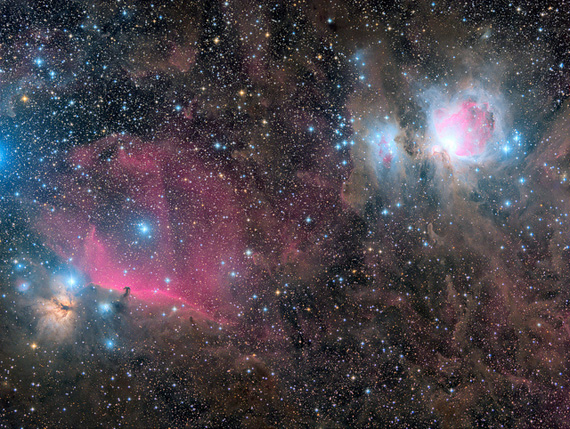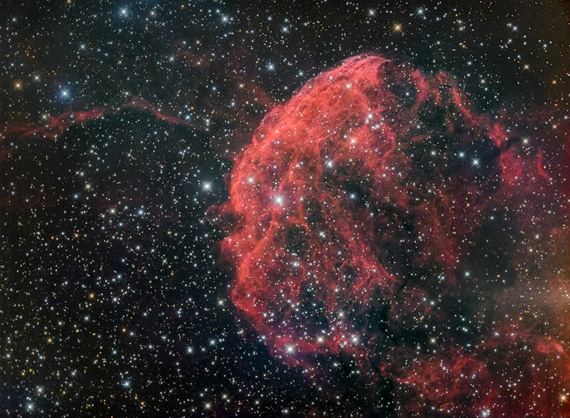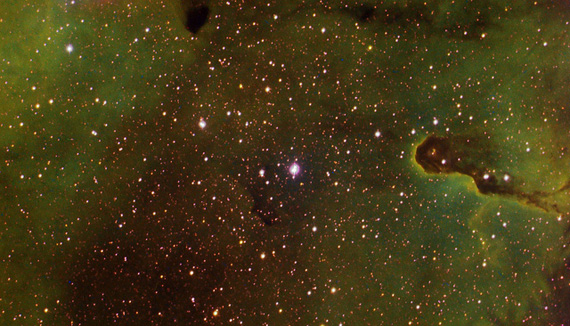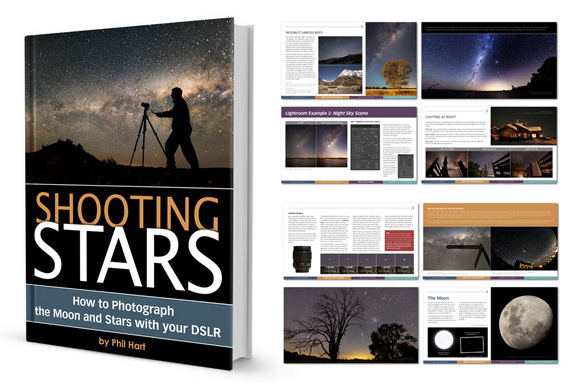Most people love to gaze up at the night sky and enjoy the beautiful light show that nature provides; the stars, galaxies and constellations seem so close. It’s fun to imagine what earth was like millions of years ago when light from distant stars left on its journey through the universe, never stopping or slowing down, and finally reaching earth. Star gazing can be especially fun if you’re lying on a blanket next to your sweetheart and enjoying these beautiful celestial creations together! Observing the universe with the naked eye is fun, but what if you want to capture these objects on camera and in as much detail as possible? Well, for that you are going to need a telescope. Choosing the right telescope doesn’t have to be complicated if you follow some simple guidelines.

Photo by Yuriy Toropin.
- Lens or Mirror Diameter. Assuming that this is your first telescope, a 4 inch lens should fit your needs. Lens or mirror size is important because the larger the lens or mirror the more available light it will be able to gather and the higher the resolution will be. However, the larger lens and mirror telescopes also cost more.
- Mounts: Bigger is Better! Look for a telescope that has a sturdy and well constructed mount. This type of mount will provide stability on uneven or rough terrain. Poorly designed and flimsy mounts will wind up causing you nothing but frustration.
- Eyepiece. This is a comfort issue. The better eyepieces will allow you to observe your target without having to literally press your eye against it, which can be very uncomfortable and almost impossible to view the object for more than a few seconds.
Now that you know some of the things to look for when shopping for a telescope, let’s take a look at getting the camera set up and taking some photographs!
- Photographing Distant Objects. If you are using an SLR camera your best bet will be to use the Prime Focus Method. This requires you to remove the camera’s lens and the eyepiece from the telescope and use a T-Ring Adapter and T-Ring to reattach the camera to the telescope. What this does is turn your telescope into a camera lens! This technique works great when photographing distant objects that give off little light (as seen from earth) and require long exposures. The Prime Focus Method also works very well when photographing objects that create a large field such as galaxies and nebulae. Make sure you purchase the correct T-Ring and Adapter for the make and model of your camera.
- Planets and the Moon. These can be photographed best if you use the Eyepiece Projection Method. Using an Eyepiece Projection Adapter attach the camera to the telescopes eyepiece and if possible use a remote trigger to take the picture. This will help to keep vibration to a minimum. Once again, make sure you purchase the right adapter for your camera’s make and model.

Photo by Carsten Frenzl.
The above suggestions should get you on your way into the area of astrophotography, but just to make sure, here are some tips and warnings:
- When shopping for a telescope don’t get to caught up in its magnification. While magnification is important, it is not THE most important thing to consider. A telescope does its job by gathering light and the amount of light it collects is in direct relation to the size of its lens or mirror. To determine a telescope’s magnification capacity, you can do the following. Multiply the size of the lens, lets say it’s 4 inches, by 60. This gives you 240. This number will roughly represent the telescope’s upper magnification limit.
- Pay Attention to Details. Always make sure the flash is turned off and that you use an ISO setting of at least 400. Use longer exposures for objects that are faint and shorter exposures for ones that are bright.
- Beware of the Sun! Unless you are a trained professional photographer who has the proper equipment to photograph our nearest star, I would STRONGLY recommend that you not attempt it. Even though the sun is roughly 150 million miles from earth and its light takes over 8 minutes to reach us, don’t let these numbers fool you! The sun is a nuclear furnace that is constantly emitting ultraviolet rays as well as x-rays and extremely dangerous gamma rays. The intensity of these different rays vary according to their wavelength but they are all present. NEVER EVER use a telescope, binoculars, or any other piece of magnification equipment to view the sun. Using your naked eye is not a good idea either. The sun can very quickly and permanently damage your eyes (especially the retina), so PLEASE leave it to the pros.
- Join an Astronomy Club. Star gazing can be much more fun if you enjoy it with others who share the same interest. They are also great places to have discussions and to learn from one another.
- Get to Know the Sky. The Internet provides a wealth of information on our solar system and the universe as does your local library. Finding out where to point your telescope to locate your favorite celestial objects will make photographing them much easier. The links listed at the end of this article will assist you in navigating your way around the night sky.

Photo by dyonis.
I hope the information that I have provided will help you in your quest to photograph our beautiful and amazing universe. Just be patient and stay persistent and before you know it you’ll be taking pictures that will amaze you!
About the Author
Mike Mcnaulty is a writer at lecamera4u dot com and writes mainly in the areas of science and the arts.
For Further Training on Night Sky Photography:
Capturing star trails and other night sky scenes is truly one of the most technically difficult forms of photography. This popular in-depth eBook, Shooting Stars, written by astrophotography award winner Phil Hart, will show you how to shoot your own stunning images of the moon and the stars with just your digital SLR and a tripod.
In addition to simple advice about the camera settings to use for each style of night sky photography, Shooting Stars provides detailed discussion of the finer points of imaging in low light conditions. We were able to arrange an exclusive 33% discount for PictureCorrect readers which ends soon plus it also includes a bonus field guide.
Deal found here: Shooting Stars – How to Photograph the Moon & Stars at 33% Off
Go to full article: Astrophotography: Telescope Photography Tips
What are your thoughts on this article? Join the discussion on Facebook
PictureCorrect subscribers can also learn more today with our #1 bestseller: The Photography Tutorial eBook
The post Astrophotography: Telescope Photography Tips appeared first on PictureCorrect.
